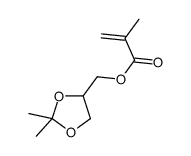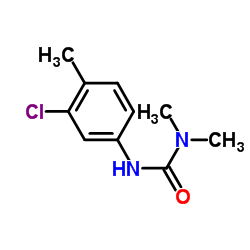| Structure | Name/CAS No. | Articles |
|---|---|---|
 |
Sodium hydroxide
CAS:1310-73-2 |
|
 |
Acetonitrile
CAS:75-05-8 |
|
 |
Methanol
CAS:67-56-1 |
|
 |
3-Ethyl-2,4-pentanedione
CAS:1540-34-7 |
|
 |
1-Propanol
CAS:71-23-8 |
|
 |
phenylurea
CAS:64-10-8 |
|
 |
(2,2-dimethyl-1,3-dioxolan-4-yl)methyl methacrylate
CAS:7098-80-8 |
|
 |
Stearyl methacrylate
CAS:32360-05-7 |
|
 |
Chlortoluron
CAS:15545-48-9 |
|
 |
lauryl methacrylate
CAS:142-90-5 |